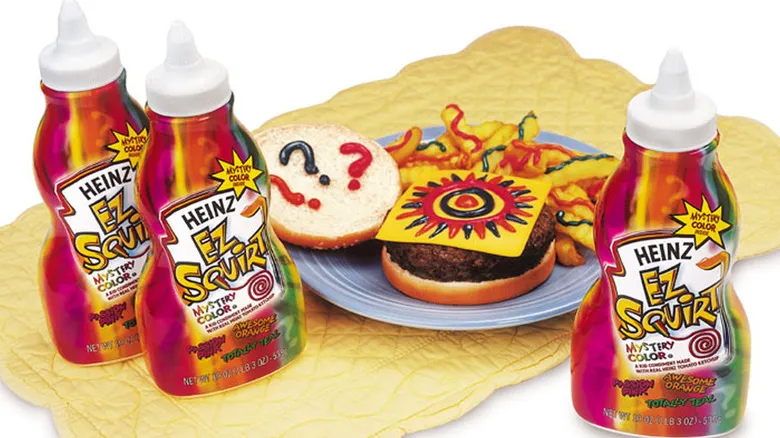The amazing technicolor ketchup
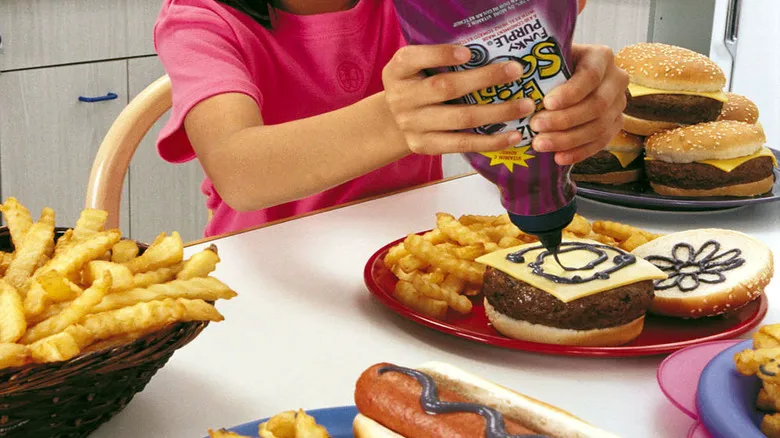
The lifespan of EZ Squirt is likely not surprising for a novelty product aimed at children that gained more popularity than Heinz executives anticipated. When it debuted in 2000 at a low price of $1.79 for a full bottle, its vibrant colors and the nozzle's ability to create ketchup art led to impressive sales. By 2003, approximately 25 million bottles had been sold, resulting in a significant number of hot dogs and hamburgers topped with neon-colored ketchup. Following the success of green ketchup, purple was introduced, along with several other hues like blue, pink, and orange, as well as a standard red ketchup featuring the EZ Squirt nozzle and branding. They even released "Mystery Color" bottles, where the ketchup's color remained a surprise until opened.
However, there is limited evidence to suggest that kids were eager to continue purchasing it after finishing a bottle or two. Heinz made several attempts to keep the EZ Squirt line viable, including adding extra vitamin C and promoting it heavily on the packaging to alleviate concerns from families about the health implications of artificial ingredients, such as food coloring. Unfortunately, neither this strategy nor the introduction of new colors managed to maintain the interest of children or parents, leading households to revert to traditional ketchup that wouldn’t offend their guests. EZ Squirt was ultimately discontinued in 2006, marking a peculiar chapter in ketchup history.
Recommended
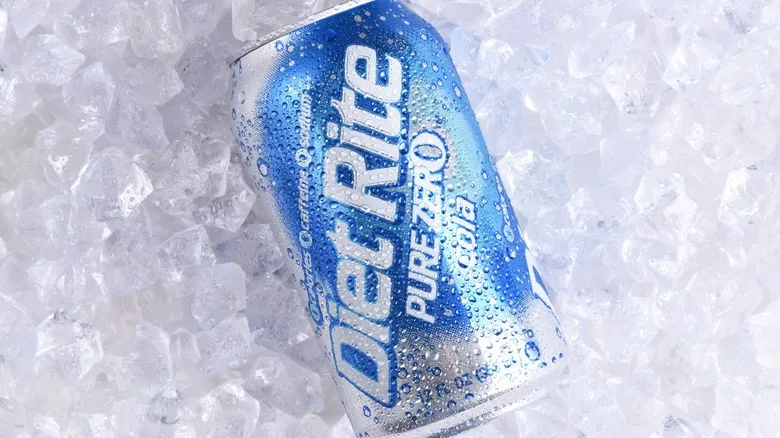
The First Diet Soda Came From A Company You've Never Heard Of
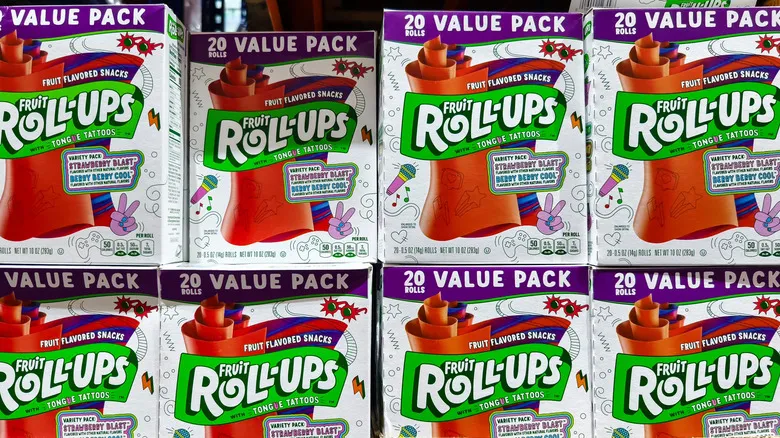
The Little-Known History Of The Fruit Roll-Up
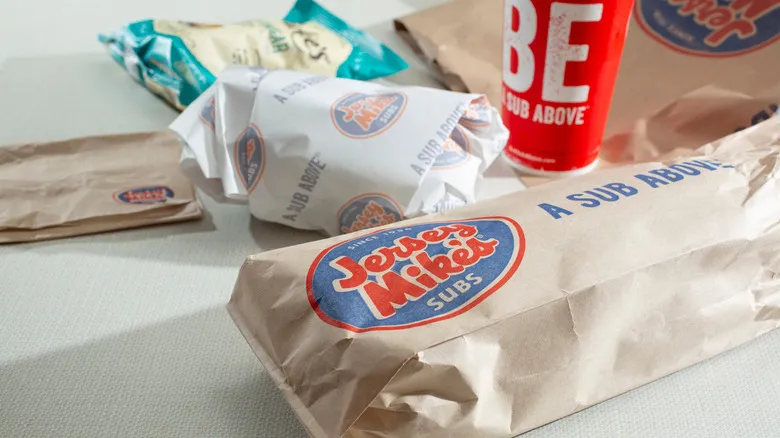
How Jersey Mike's Went From A Local Sandwich Shop To A Global Franchise
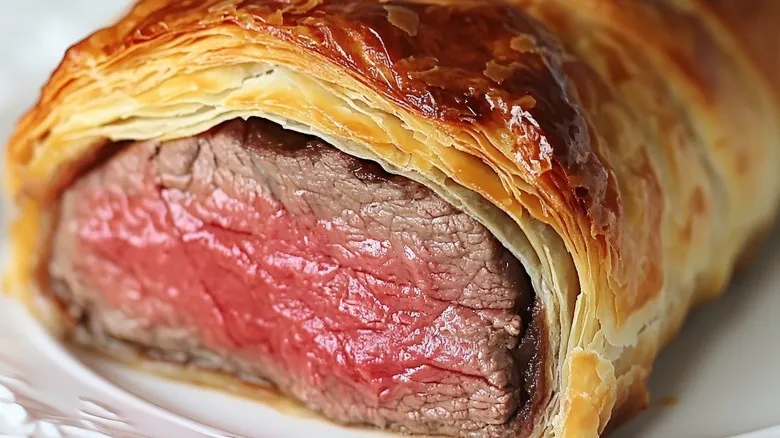
Does Anybody Know Really Know How Beef Wellington Got Its Name?
Next up

